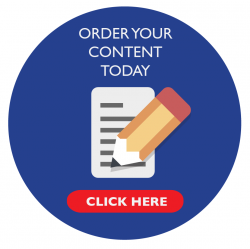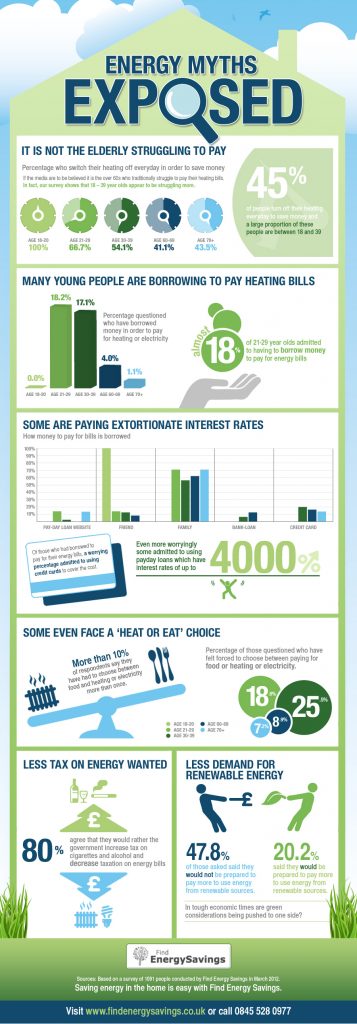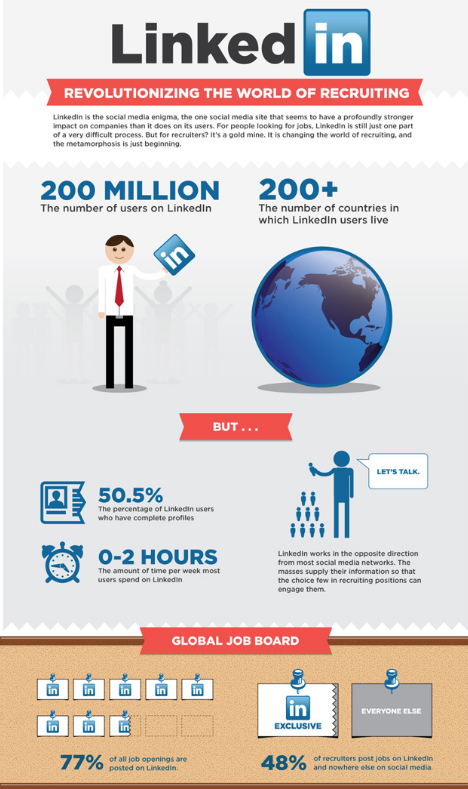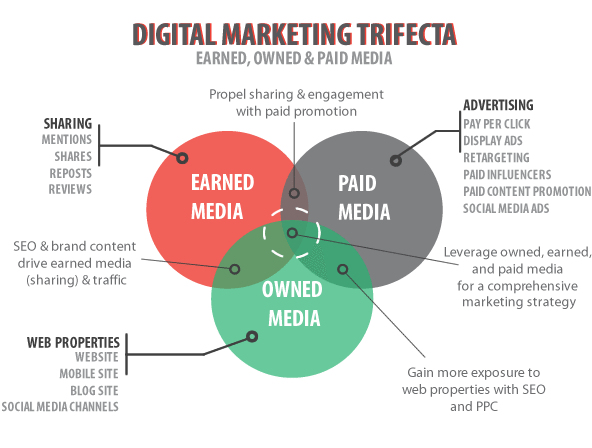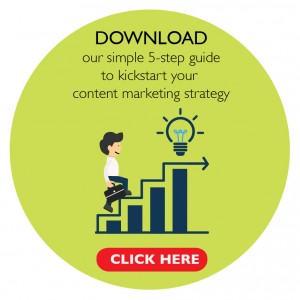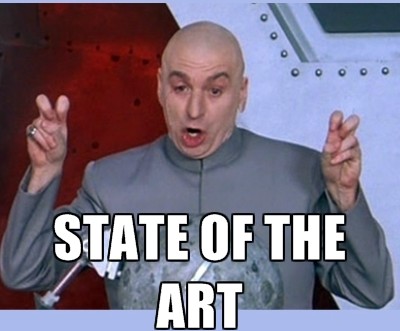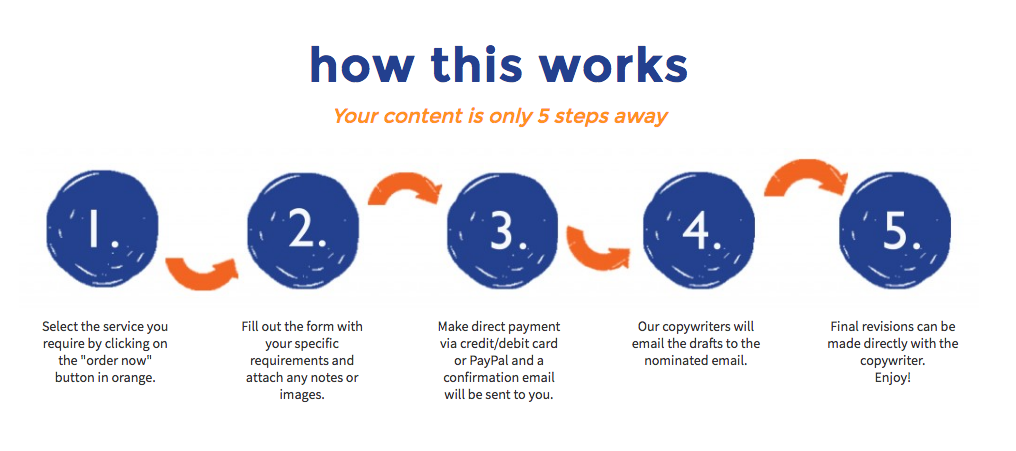If you’ve clicked through to this blog, you’re probably a loss with your email newsletters and tearing your hair out wondering why no one is opening them and engaging with your content and brand.
Email newsletters can be a very effective form of communication, but as with many things, they key is in the execution and quality.
Anyone can send an email with some words and poorly thought-out imagery in it (and trust us, plenty of people do) but to really spark engagement it takes time, trial and error, and some serious quality control.
Firstly, ask yourself why you are even sending a newsletter. What are your goals? Are you trying to drive sales, or is it more of a branding exercise? Whatever the reason, make sure it ties into your business goals and don’t send newsletters for the sake of it. If you’re starting out with no purpose, you shouldn’t expect grand results.
If you’ve been sending news and not getting results, here’s what you could be doing wrong:
1. You’re trying to say too much
When it comes to e-news, less is more. Your newsletter should provide a story snapshot and act as a teaser to promote a click-through to a landing page that’s hosting the information (i.e. your website). If your newsletter looks like an essay, no one will want to read it (or have the time to).
It’s also important to think about how it will look on a mobile screen. In a similar manner to having too much text, if you are trying to cram anything and everything into one newsletter, chances are your readers will lose focus and close their browser.
2. You forgot the call to action
This is such a common mistake. How do you create action from your newsletter if your readers have nothing to click through to? You need to set action points to help drive readers to your website or landing page.
3. Your ‘news’ is irrelevant
Are you giving your readers what they really want, or what you think they want? If your content doesn’t resonate with your audience, then what’s the point? Make sure you tie your subject line to the content within the newsletter. Be quirky and creative when it calls for it, but sometimes simple is better. Ensure your audience gets to read what they are expecting to! So, no clickbait!
4. You’re not personable enough
Remember you’re sending this to a real person, so speak to them like one and go for a slightly more conversational tone than your regular corporate voice. Don’t be afraid to inject some light humor and have fun with your content. If your database contains names, also consider adding in fields that will personalise each newsletter.
5. You’re not testing and measuring
Here’s where most people fail; you should always measure the success of each campaign you send. Perhaps you aren’t seeing much return from your newsletters because you are sending it at the wrong time, or maybe the day might not suit your readers. Everyone receives so much mail that it’s easy for incoming messages and newsletters to get lost in the noise. Test out a few different days and times, split-test your headlines and see where your audience is most responsive.
Making small tweaks to your newsletters doesn’t take up much time, but it can really make a difference.
Still stuck and need help? Get in touch with us at [email protected].

